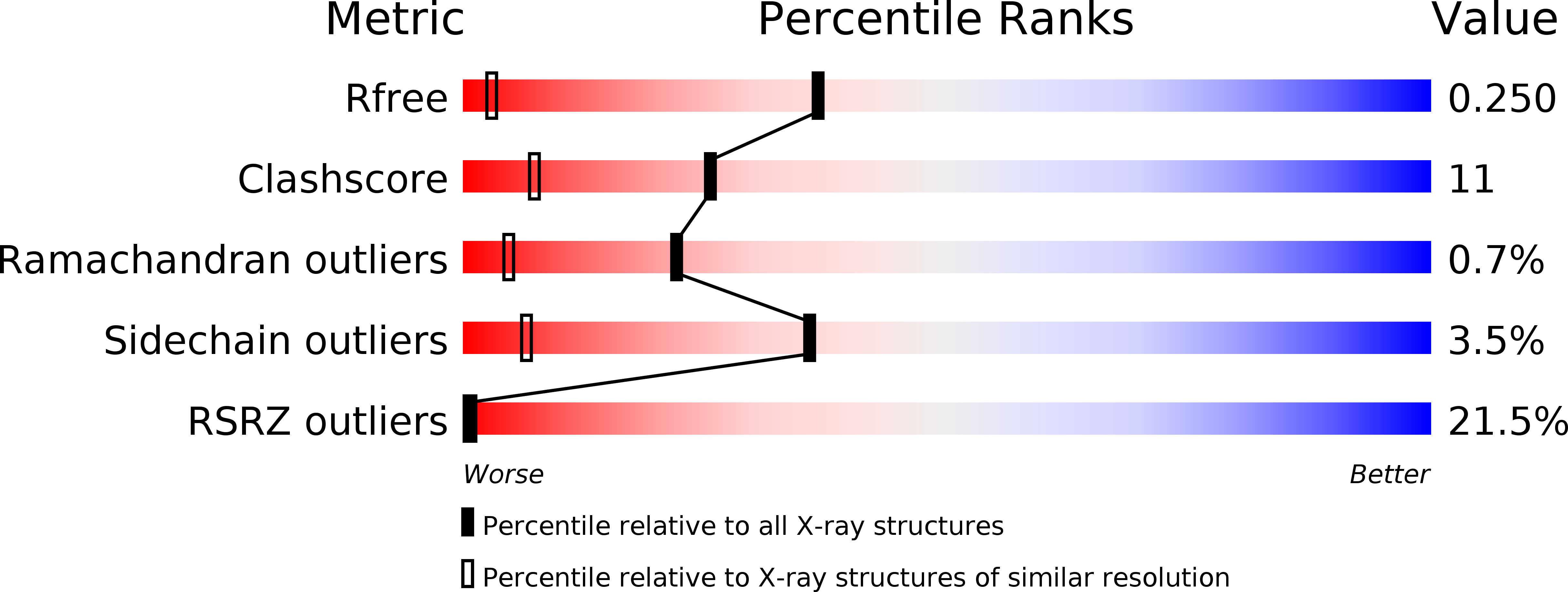
Deposition Date
2005-12-12
Release Date
2006-10-30
Last Version Date
2024-11-13
Entry Detail
PDB ID:
2C9J
Keywords:
Title:
Structure of the fluorescent protein cmFP512 at 1.35A from Cerianthus membranaceus
Biological Source:
Source Organism:
CERIANTHUS MEMBRANACEUS (Taxon ID: 208460)
Host Organism:
Method Details:
Experimental Method:
Resolution:
1.35 Å
R-Value Free:
0.25
R-Value Work:
0.22
R-Value Observed:
0.22
Space Group:
P 1


